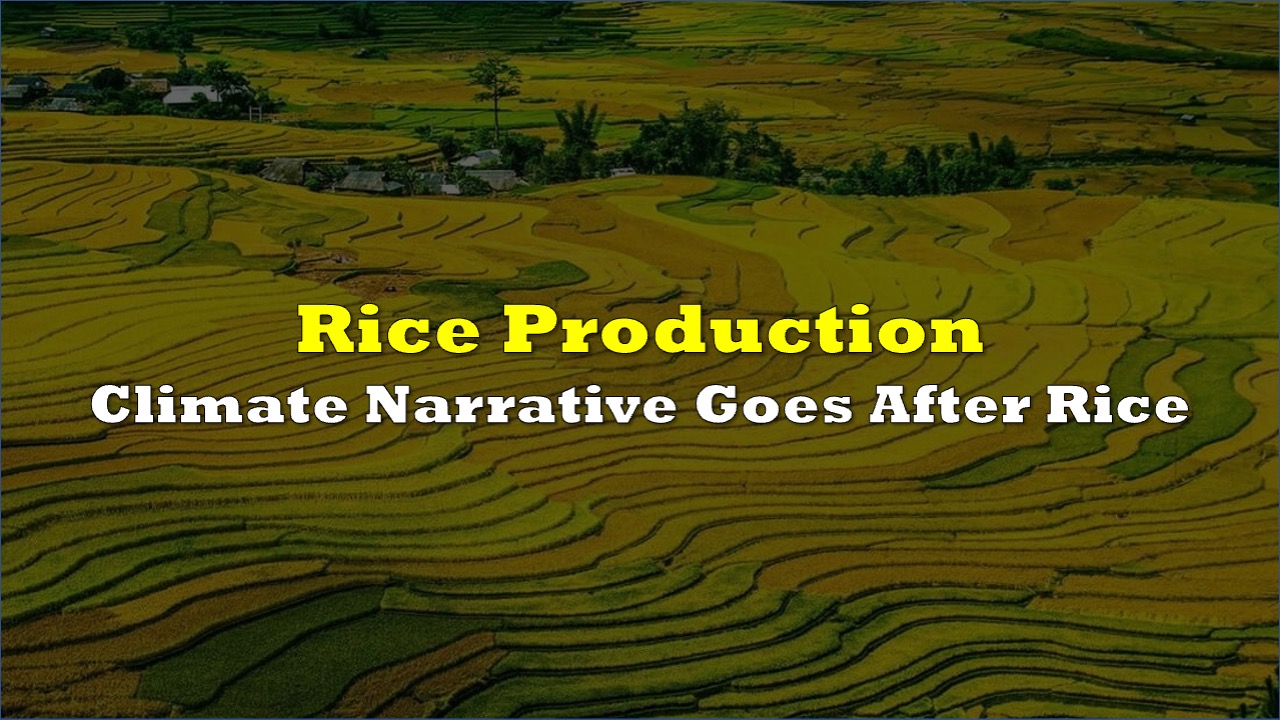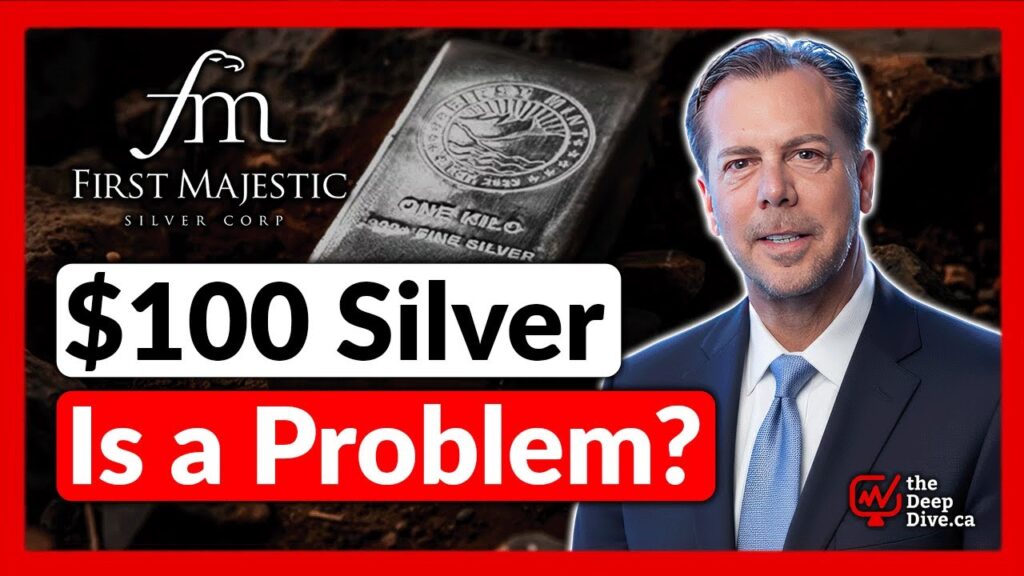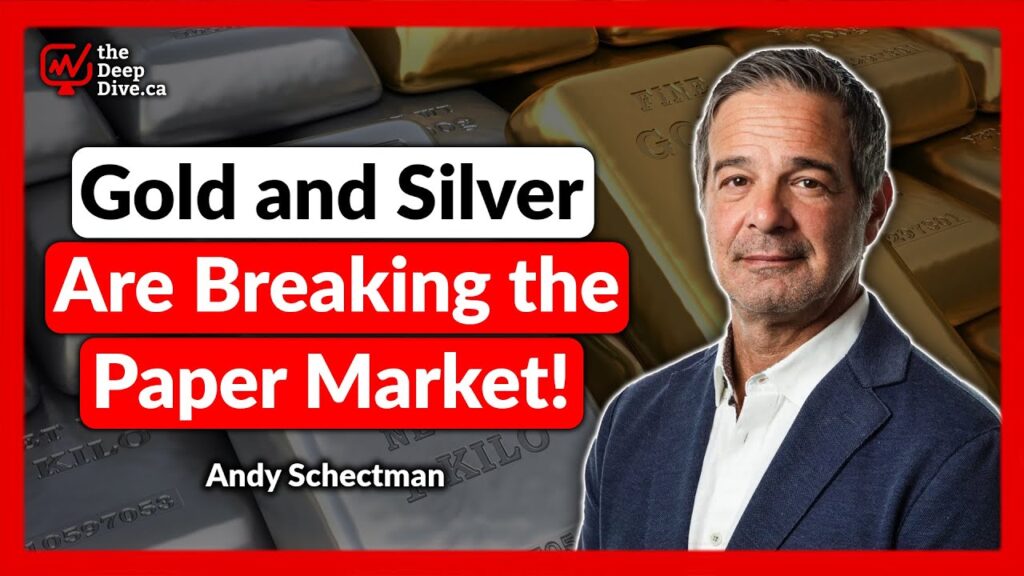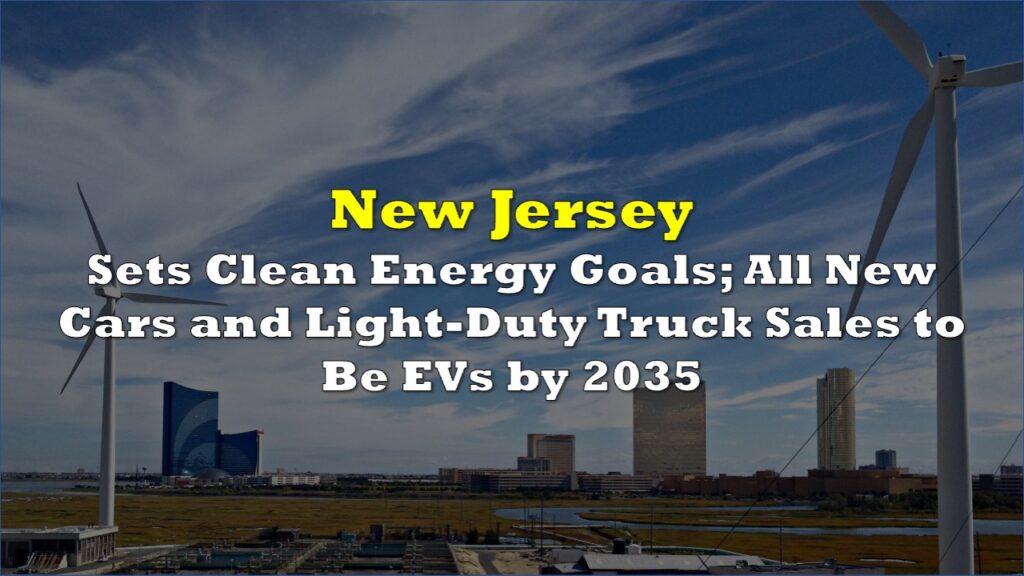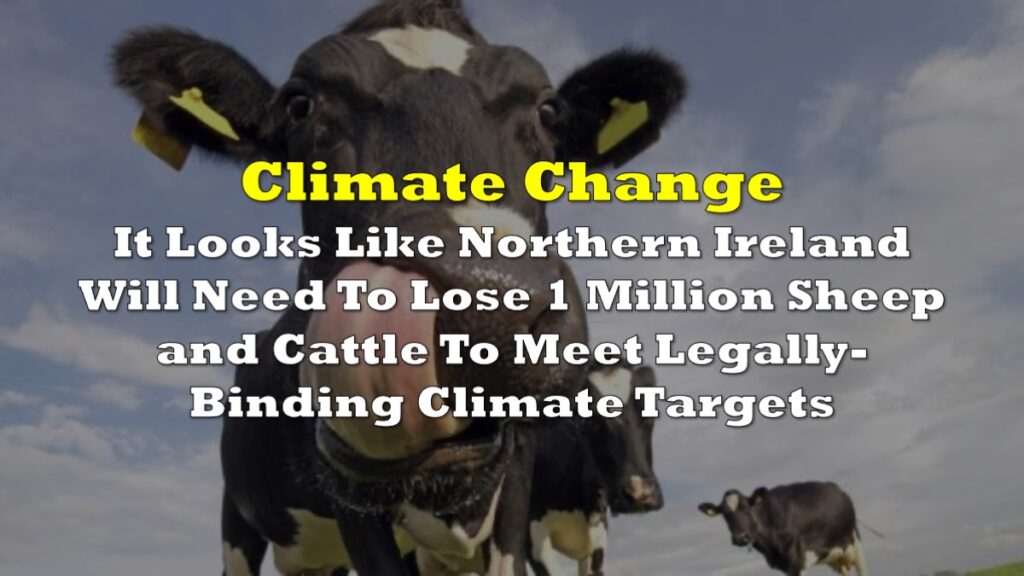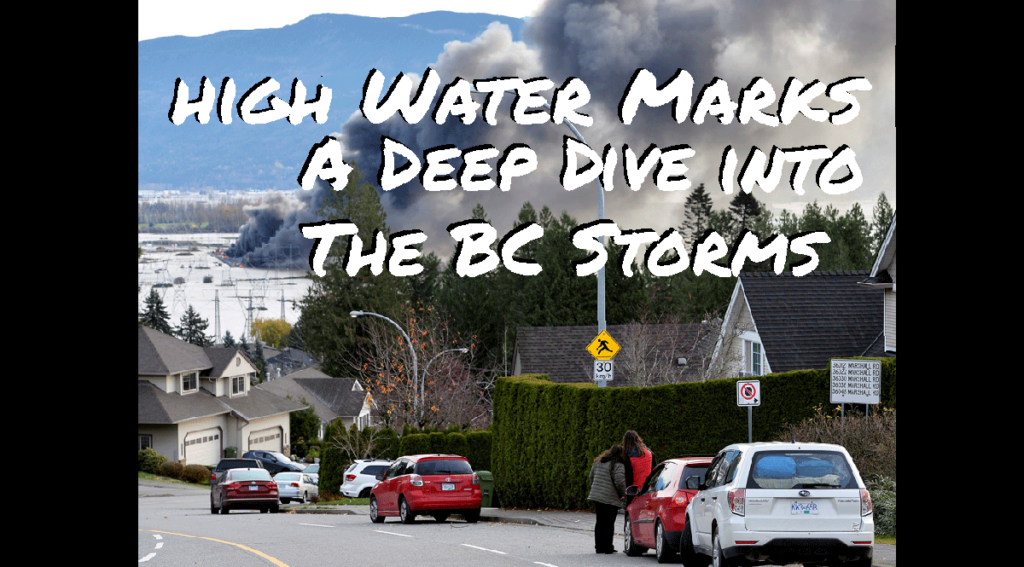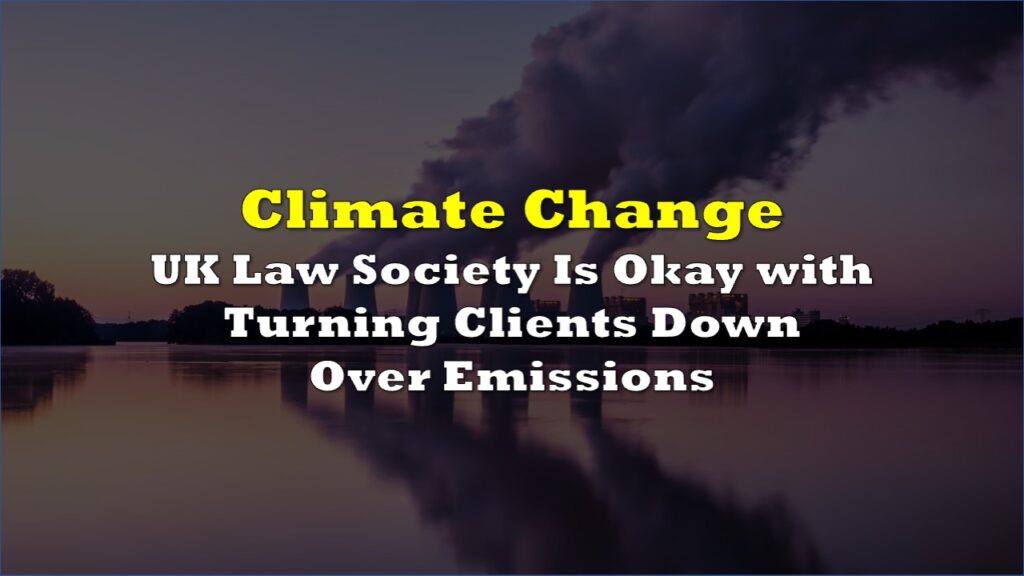AFP News recently did a feature on how the International Rice Research Institute (IRRI) has been working with rice farmers in Vietnam to shrink methane emissions, and it was not received very well on Twitter, where it has gained millions of views, with many accusing the ‘cult’ of wanting people to starve.
The video, while it focuses on IRRI’s program, states it is a “message from scientists,” and that “rice cannot be ignored in the battle to cut emissions.”
Rice is a food staple for more than 3.5B people around the world, particularly in Asia, Latin America, and parts of Africa. Rice has literally been cultivated in Asia for thousands of years, it can be traced back to the Indian subcontinent from as early as 5,000 BC.
— Tracy (𝒞𝒽𝒾 ) (@chigrl) April 16, 2023
This beyond… https://t.co/kzmUb1EGWr
As Tracy Shuchart, CEO and Chief Energy and Materials Strategist at Hightower Resource Advisors, LLC., says: rice is a food staple. She refers to data from the National Geographic, stating that the grain is consumed as a principal staple by “3.5 billion people around the world, particularly in Asia, Latin America, and parts of Africa.”
Saying that we need to “not ignore” rice in cutting emissions may suggest to many that rice production needs to be somewhat cut or dramatically changed. This may not be necessarily the case. The alarmist narrative’s goal is to push for solutions, but how long and how far can it be pushed?
It’s not just the cows
Rice production is responsible for about 10% of global emissions of methane, which in the crop’s case is produced by the bacteria that grow in water-soaked rice paddies and thrive in the straw part of the rice plant that is typically left to rot or burned in the fields after harvest.
In 2021, around 100 countries signed the Global Methane Pledge, which aims to reduce emissions by 30% from 2020 levels by 2030. This pledge was signed by many of the world’s biggest rice producers including Vietnam, Indonesia, and Bangladesh. But notably, India and China, the world’s two largest rice producers, did not sign the pledge.

The IRRI’s initiatives in Vietnam
IRRI aligns with this goal and it focuses its initiative not on minimizing rice production but on addressing a significant contributor to the problem, which in this case are the bales and bales of leftover straw. Instead of leaving them in the fields to rot the program helps Vietnamese farmers collect them and reuse them to make fertilizer or to grow mushrooms, also helping provide a separate income stream for the farmers.
Another practice, called Alternate Wetting and Drying (AWD), has been introduced. This involves breaking up standing water to replenish oxygen and reduce methane-producing bacteria, and they believe it could also help reduce emissions.
While the straw management program was introduced “widely to farmers and local agricultural officials” across the country, adoption of the program is still low and numbers are unclear but data from the World Bank found that last year, 80% of the rice straw in the Mekong Delta was still burned after harvest.
The AWD scheme, meanwhile, is reported to be practiced on more than 200,000 hectares of rice fields in the Mekong Delta’s An Giang province. The CGIAR, an international agricultural research center, says it has made “a significant difference.”
Neither organization nor the Vietnamese government has provided data on how these initiatives have so far impacted rice-related methane emissions, but they note that “the need to find solutions is pressing.”
System overhaul?
As climate critics fear, it’s unclear what else will be done to rice production and, more broadly, the global food system to meet climate goals.
In March, scientists warned that based on current trends, the global food system’s greenhouse gas emissions will increase the planet’s surface temperatures by close to one degree Celcius by 2100, thereby “obliterating Paris Agreement climate goals.”
And they say a major overhaul of the food system, from production to distribution to consumption, could be the key to reducing emissions by more than half even as the global population increases.
Information for this story was found via AFP News, VOA News, France24, IEA, Twitter, and the sources and companies mentioned. The author has no securities or affiliations related to the organizations discussed. Not a recommendation to buy or sell. Always do additional research and consult a professional before purchasing a security. The author holds no licenses.

